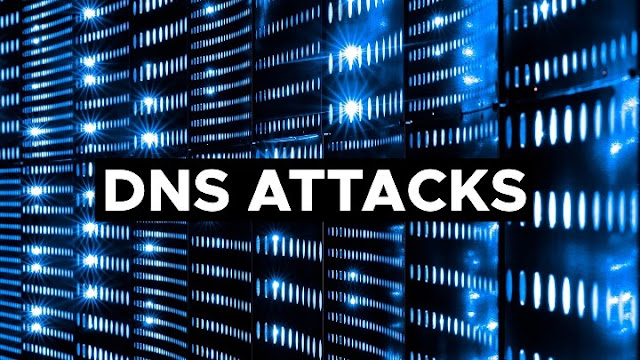Domain Name System, or DNS, is used to translate domain names into IP addresses, which are used by computers to interact with one another. DNS is found in practically every computer network; it communicates with external networks and is generally difficult to secure due to its open design. DNS could be interesting to an adversary for malicious operations such as network spying, malware downloads, and control servers, or data transfers out of a network. As a result, monitoring DNS traffic for threat protection is crucial.

Advanced DNS attacks, such as zero-day DNS attacks, are now being used by cyber attackers to target software vulnerabilities that the software vendor or antivirus providers are unaware of. Below we have listed different types of DNS attacks that you must be aware of.
1. Domain hijacking
Changes in your DNS servers and domain registrar may be used in this type of attack to redirect your traffic away from the original servers and to other addresses.
Many factors contribute to domain hijacking, including exploiting a weakness in the domain name registrar's system, but it can also occur at the DNS level when attackers gain control of your DNS records.
2. DNS flood attack
One of the most fundamental types of DNS attacks is this. The attacker will target your DNS servers in this Distributed Denial of Service (DDoS) technique.
Because the resolution of resource records is affected by all hosted DNS zones, the main purpose of this type of DNS flood is to simply overload your server to the point where it can no longer handle DNS requests.
This type of attack is simple to counter because the source is frequently a single IP address. It becomes more challenging when it becomes a DDoS (Distributed Denial of Service) attack involving hundreds or thousands of hosts.
3. Distributed Reflection Denial of Service (DRDoS)
The rules vary when it comes to DDoS. As we previously stated, the source of the attack will be scattered across a vast number of hosts to diffuse it. The ultimate purpose of any DDoS attack is to flood your network with a huge number of packets or bandwidth-intensive requests, overloading your network capacity or exhausting your hardware resources.
4. Cache poisoning
DNS cache poisoning, also known as DNS spoofing, is a prevalent DNS attack that occurs daily.
The key to this type of attack is to know the trick. Attackers will try to introduce malicious material into your DNS resolvers' cache by exploiting system weaknesses. This is a common attack method for redirecting victims to another remote server.
Once the cache poisoning attack is active, attackers will get all genuine traffic on their servers, which are frequently used to display phishing-based pages to collect personal information from users.
5. DNS tunneling
This is a part of a cyberattack that encrypts data from other apps and places it into DNS responses and queries.
While this approach was originally designed to overcome network controls rather than attack hosts, it is currently mostly used to carry out remote attacks.
An attacker needs access to a compromised system, as well as an internal DNS server, a domain name, and a DNS authoritative server, to accomplish DNS tunneling attacks.

Leave A Comment